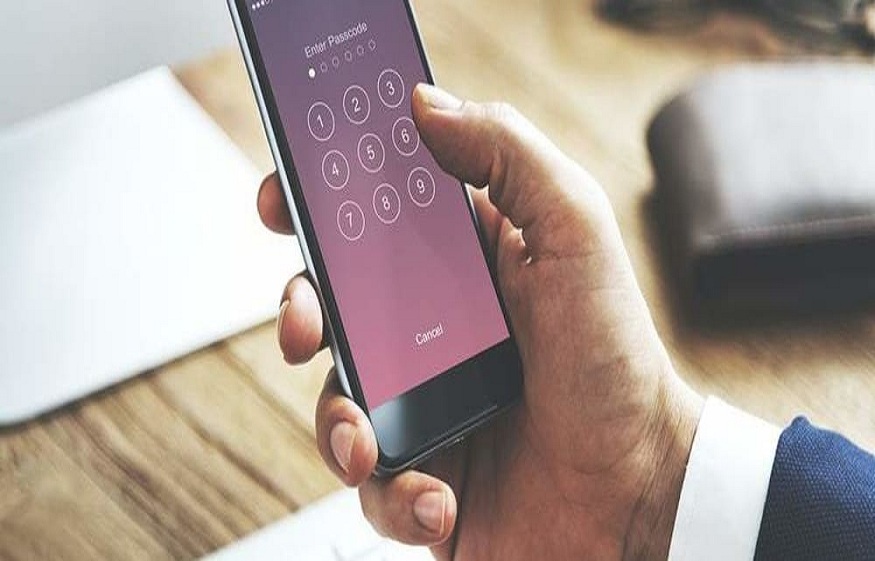OWASP mobile top 10 list has been developed by a community of developers and helps in highlighting the best possible vulnerabilities for the mobile applications so that concerned people can always take the right kind of decisions. This particular listing has been developed by developers that create methodologies, documentation tools and technologies in the field of web and mobile application security. This is the list of top 10 risks which are constantly updated and the very basic purpose of this list is to create awareness about emerging security threats to the mobile applications in the community of developers.
OWASP mobile top 10 is a list that identifies different kinds of security risks faced by the mobile apps globally and approximately more than 80% of the applications are found to be infected or affected by at least one of the risks which makes it very much crucial for the developers to understand every aspect of the whole process and adopt right kind of coding practices to nullify the risk up to best possible levels.
Following is the complete explanation associated with the OWASP mobile top 10 list:
- M1: Improper platform usage: This particular type of risk includes the miss using of the operating system features or a failure to use the security controls of the platform properly. This can include different kinds of other aspects like data leakage by exploiting the intent of the android application or the android intent sniffing. So, the right kind of practices has to be followed associated with this particular point so that risk can be minimised and the best of the practices associated with key chain and android intent has been implemented.
- M2: Insecure Data storage: This point deals with the process of gaining physical access to a stolen device or entering into it using malware or repackaged application. The most common risk associated with this point is the compromised file system as well as the exploitation of the unsecured data. So, the best practices like android debug Bridge and iGoat iOS have to be implemented.
- M3: insecure communication: It is directly linked with data transmission and several other kinds of things which generally occur through a telecom carrier or over the internet. The hackers will intercept data by sitting in the local area network of the users through a compromised Wi-Fi network and several other kinds of things. The basic risk associated with this includes stealing of information and man in the middle of attacks along with admin account compromise. The best practices include assuming that the network layer is not secure, leakages over the traffic, applying SSL, using strong industry standard, using certificates provided by a trusted CA provider and several other kinds of things.
- M4: Insecure authentication: This particular type of problem occurs when a particular mobile device will fail to recognise the user correctly and will allow the users to log in to the application with default credentials. The risk associated with this process includes the input form factor along with insecure user traditions. The best practices have to be implemented like security protocols, using online authentication method, local storage of the data, persistent authentication, being careful by the security team, making sure that user is forced to choose alphanumeric characters for passwords and several other kinds of things. Among these entire two factors authentication method is gaining a lot of popularity.
- M5: Insufficient cryptography:This particular point deals with applications becoming more vulnerable because of the weak direction of the decryption process. So, utilisation of the flow into the encryption process can lead to different kinds of issues and risk can be like stealing applications and user data and gaining unauthorised access to the encrypted files.
- M6: Insecure authorisation:There are several kinds of people that are worried about these detentions and the developers must always keep in mind this particular point that there are many people who are taking their unintended authorisation process to gain unauthorised access to the applications. That is can be ID or access, unregulated access to admin endpoint and several other kinds of things. So, the best practices like continuously testing privileges and running the right kind of authorisation check are very much important in the whole process.
- M7: Poor code quality: This particular type of risk will always emerge from poor or inconsistent coding practices where every member of the development team will be following a different set of practices that will lead to inconsistency in the whole process. The risk can include compromises in the mobile of safe web code, a lacuna in third-party libraries and the client input in security. The best practices include mobile-specific codes and static analysis along with library version and content provider systems so that overall goals are efficiently achieved.
- M8: Code tempering: This particular concept includes different kinds of manipulations to gain unauthorised access to the application and modify the user behaviour as well. This can include the infusion of malware and data theft which can be dealt with following practices like runtime detection and checksum changes.
- M9: Reverse engineering: This particular type of concept is based upon binary inspection tools like several other kinds of things and risk associated with the whole process care include dynamic inspection at runtime, code sealing and premium features accessibility. Best of the practices to deal with this particular type of point can include the utilisation of similar tools along with C language and code obfuscation.
- M 10: Extraneous functionality: Normally if the application is ready for production then the development team has to access the backend server to check if any kind of error has to be analysed or not. For this purpose different kinds of details have to be checked for example database, user detail, user permission, application programming interface and hold and several other kinds of things. Apart from this best of the practices have to be implemented which will be based upon ensuring that there is no test code present in the final build, there is no hidden switch, logs do not contain any kind of description, system logs are not exposed or several other kinds of related aspects as well.
Hence, whenever the organisations will be clear about the OWASP mobile top 10 list they will be taking the right kind of decisions and will make sure that best practices to boost the mobile app security will be implemented in real-time.

